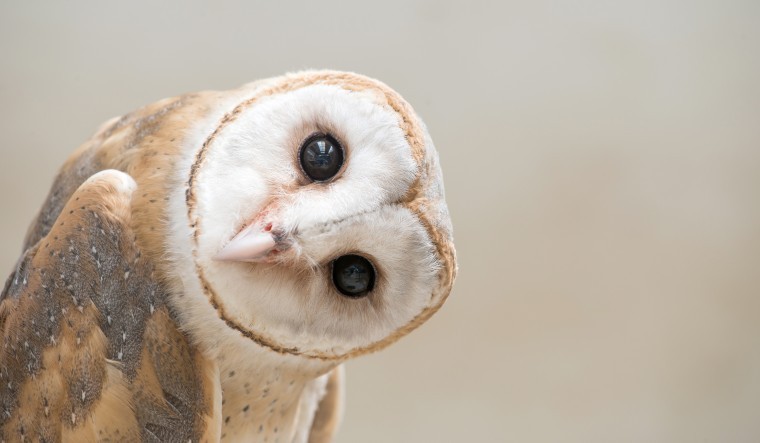The annual big farmland bird count takes just 30 minutes to count the birds on a selected five acres of land and send the results to the Hampshire based Game & Wildlife Conservation Trust (GWCT), which organises the count.
Some of the species to look out for this year include the barn owl, bullfinch, lapwing, grey partridge, tree sparrow and yellowhammer, among others.
The counts will then be analysed by the trust, which says it will report the results widely to all those who are not aware of the big efforts to reverse bird declines by those who work the land.
“Farmers and keepers are now doing tremendous work to boost farmland birds and other wildlife,” said BFBC founder Jim Egan.
“As well as planting seed mixes to feed birds, they also leave weedy stubbles over winter, manage hedgerows so as to leave berries for food and supplement this food by putting out mixed seeds and grain on tracks and field margins.
“We want to help farmers and keepers build their own records of bird numbers on their land. They are managing existing habitats and creating new ones specifically to help our farmland birds. Now is the time to help them shout about what they are do
ing.”
Peter Thompson, GWCT’s biodiversity adviser, said: “Without this observable commitment, perhaps environmental payments post Brexit could be put in jeopardy. So it is vital that farmers and keepers start to consider the long game by demonstrating more effectively what they are achieving.”
Research at the GWCT’s Allerton project farm at Loddington in Leicestershire has identified how to bring bird numbers back on to productive farmland. Here, the number of birds present has been doubled by adapting a management system originally developed for game birds.
Last year, 970 farmers and keepers took part in BFBC and recorded 112 species across 900,000 acres. This year’s hashtags for social media are #farmerscount, #BFBC and #keeperscount.
For more information, visit www.gwct.org.uk/bfbc
This is how to take part in three simple steps:
- 1. Download your count sheet
- 2. Count your birds on a day between 9 and 18 February;
- 3. Submit your results. Once you’ve completed your count simply submit your results at www.gwct.org.uk/bfbc
All participants will receive a report on the national results once they have been collated.




